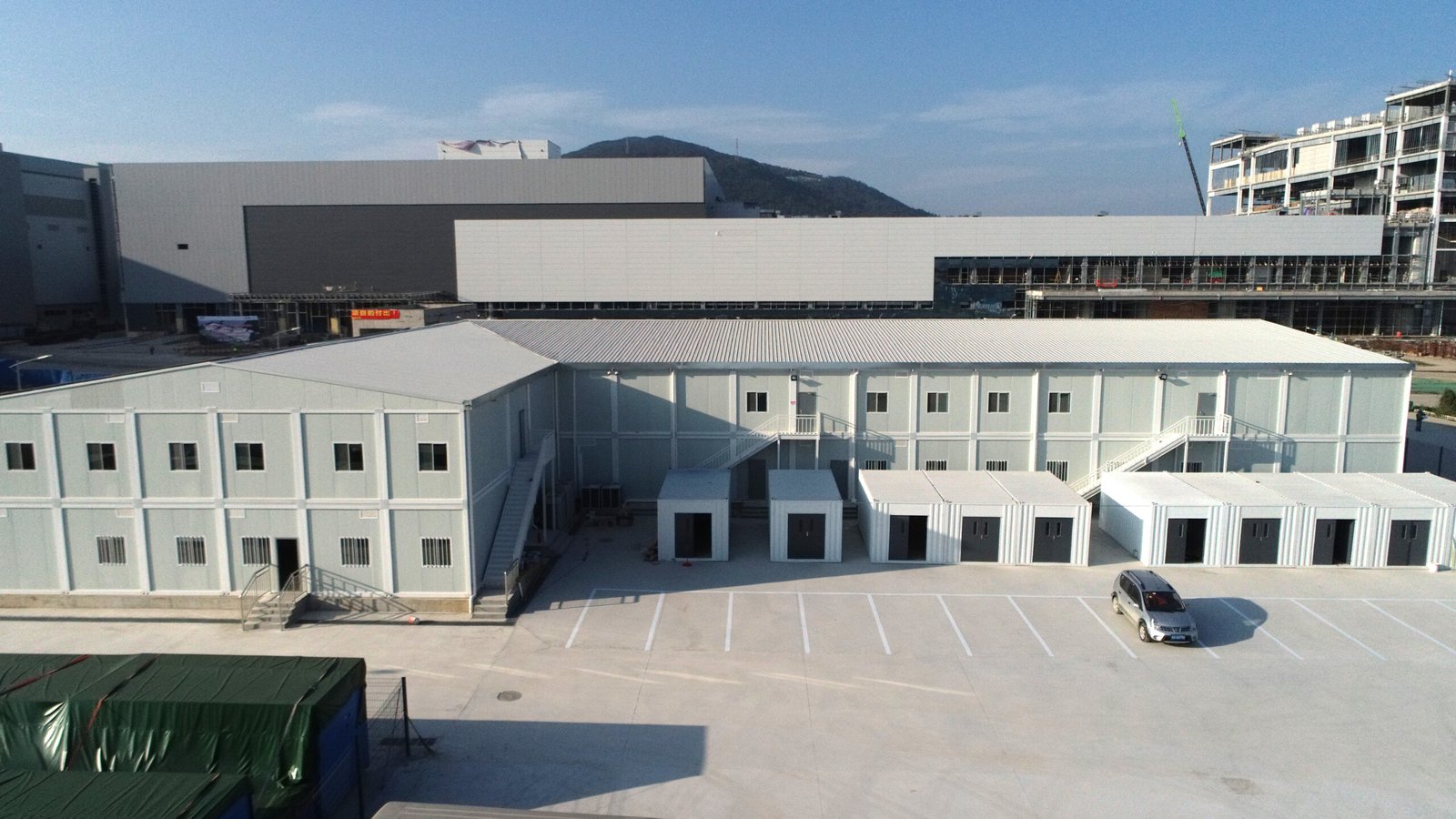
Worried about how to choose the right temporary building for your project?
You're not alone. Many construction managers and project leaders worry about this,
especially when they’re trying to balance quality, price, and a quick installation.
Here’s the problem:
If you choose the wrong structure, it’s going to cost you more money and time.
However, if you know what to look for,
it’s not hard at all to make the right decision.
Choosing the right temporary building is critical for the success of your project.
It’s going to give you the efficient space you need,
it’s going to keep you safe,
and it’s going to keep you comfortable.
Here are the five things you need to consider when you are choosing the right temporary building for your project.
What Factors Should You Consider When Choosing a Temporary Building?
- Define Your Objectives and Needs
Understanding the purpose of your temporary building is the first step in making a smart choice. Ask yourself:- Is the building for office space, storage, or living quarters?
- How long do you need it—short-term or long-term?
- What are the specific occupancy requirements?
- Evaluate Location and Site Conditions
The location can significantly impact the type of structure you choose. Make sure to:- Assess ground stability, accessibility, and nearby utilities.
- Consider environmental factors like wind load, temperature variations, and precipitation.
- Determine Size and Capacity
Selecting the right size ensures that the space meets your operational needs without wasting resources. Key considerations include:- Space requirements: Ensure the building accommodates your expected activities comfortably.
- Future expansion: Modular buildings like CubiNest's LEGO container house allow you to add space as your needs grow, making them ideal for evolving projects.
- Establish a Budget
Temporary buildings come in various price ranges, so it's essential to set a realistic budget that balances cost and quality. Consider:- Initial costs like purchase or rental fees.
- Long-term costs include maintenance, energy efficiency, and potential modifications.
- Consider Additional Features and Compliance
Depending on your project, you might need extra features like built-in bathrooms, heating/cooling systems, or fire safety equipment. Also, make sure the building meets local regulations and building codes to avoid legal hassles. Modular options like CubiNest's butterfly container house come pre-equipped with many of these features, reducing setup time and ensuring compliance with international safety standards.
Can You Give Me an Example of a Temporary Building?
Sure. Some temporary buildings include container offices, portable toilets, and storage sheds. For example, CubiNest’s A+ Big-Mac Container House is a type of temporary building you can use for on-site offices and accommodation. It brings durability and flexibility to the project.
What Makes a Building Temporary?
A temporary building is one that is designed for short-term use, and it can be easily assembled, disassembled, or moved. Examples include expandable containers and flat pack houses, which are often used during construction projects or to set up emergency shelters.
What Are the Different Temporary Structures Used in Construction?
Temporary structures in construction range from flat pack containers and expandable units to portable toilets and mobile offices. Each has specific advantages for different scenarios—such as modular homes for living quarters or portable restrooms for worker convenience.
What Are Construction Temporary Facilities?
Temporary facilities refer to structures like site offices, worker accommodations, storage units, and sanitary facilities that support a construction site while you’re in the active phase of your project. They provide a way to effectively manage your project and keep your team safe and comfortable as they work.
Selecting the right temporary building is a balancing act, which sometimes includes your project needs, the conditions of your site, your budget, and the features you need to comply with. With the right structure, you can make operations run smoothly, reduce your costs, and let your team work in a safe, comfortable environment. If you take the time to think about these factors, you will end up with a temporary building that not only meets your needs, but exceeds your expectations.




